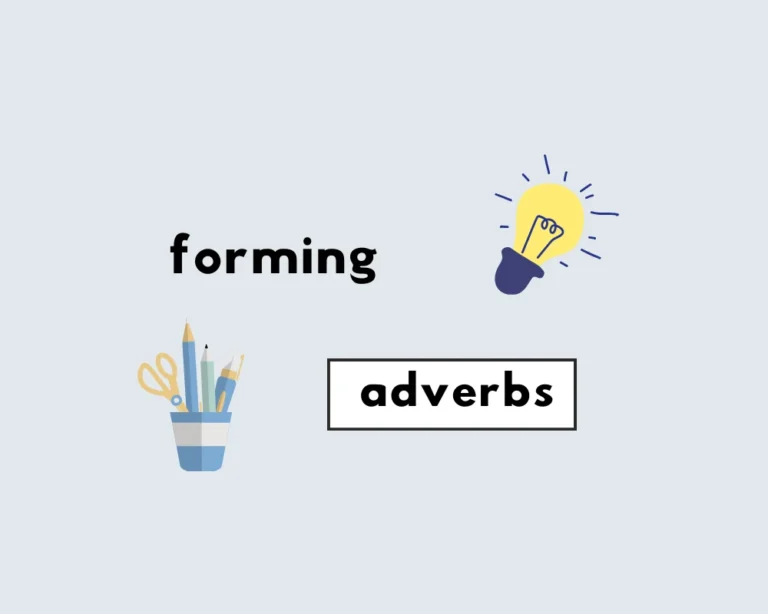
How to Form Adverbs (An Overview)
Formation of adverbs Continue reading for the comprehensive breakdown on how to form adverbs, the main types of adverbs and an FAQ on (you guessed
Grammarflex » grammar » parts of speech
Every single word in the English language falls under one of the main parts of speech that makes up language. There are 8 altogether: they include nouns, verbs, adjectives, pronouns, conjunctions, prepositions, adverbs and interjections.
Learning the differences between each word class, how to use them and their various subtypes will help improve your grasp of English and its linguistic structure. Check out our comprehensive guides covering all 8 parts of speech from the bottom-up. If there’s a topic you’d like us to cover that’s missing, send us a message on our contact page to let us know!


Formation of adverbs Continue reading for the comprehensive breakdown on how to form adverbs, the main types of adverbs and an FAQ on (you guessed
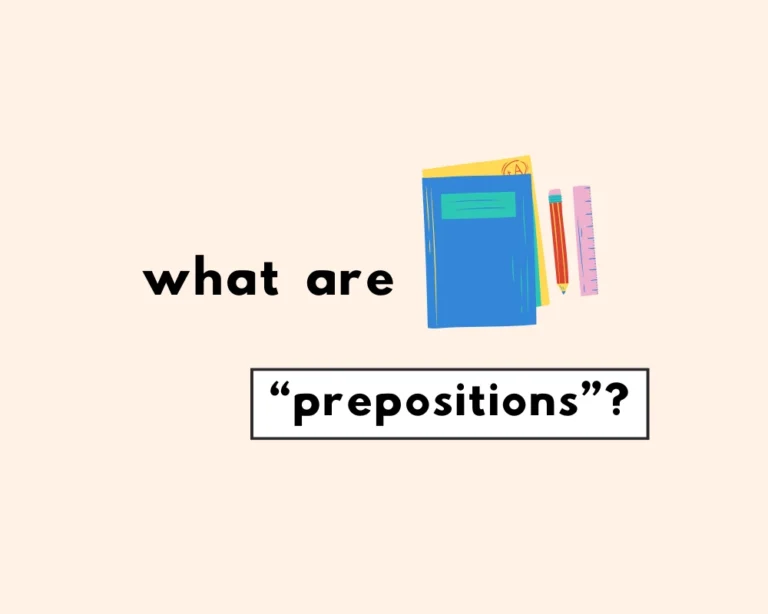
Prepositions (explained, with examples) Prepositions are one of the main parts of speech in English; they’re utility words that show how elements within sentences relate
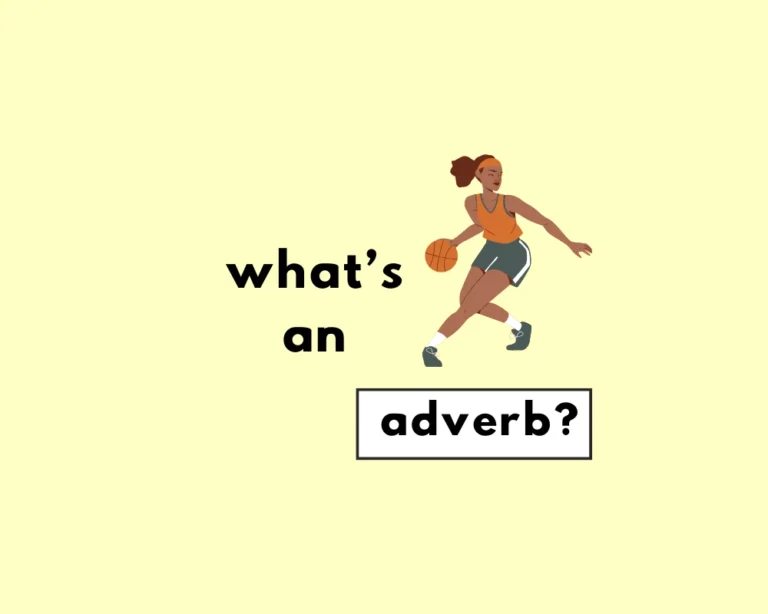
What is an adverb? Adverbs are words that modify or describe verbs (“he sleeps soundly“), adjectives (“she’s fiercely competitive”), other adverbs (“she writes quite meticulously”).
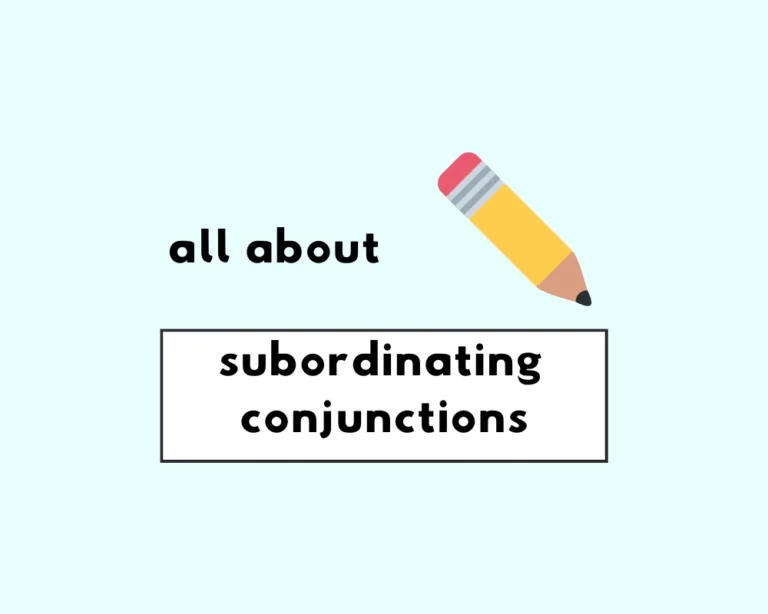
What are conjunctions in grammar? Conjunctions are words that connect other words, phrases, and clauses together in sentences. They are utility words that exist to
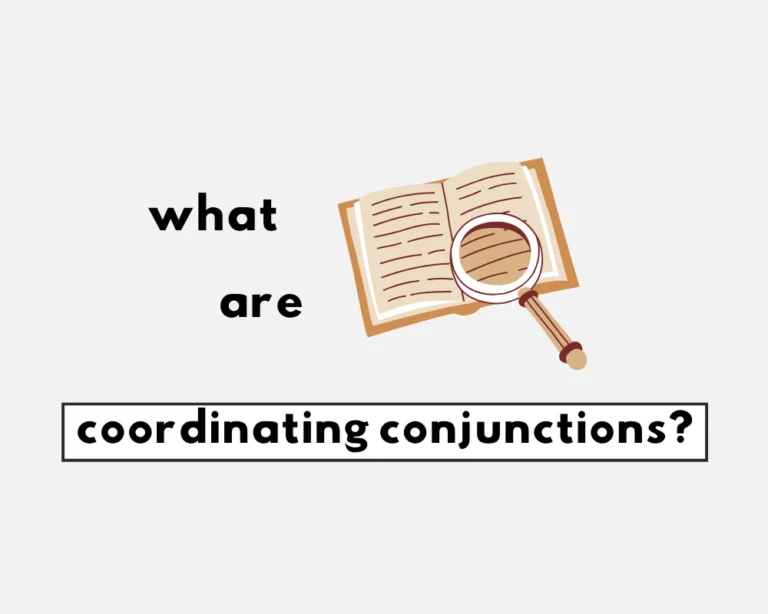
Debatably the unsung heroes of the English language, effortlessly connecting words, phrases, and clauses to create well-structured and coherent sentences, they’re a part of speech
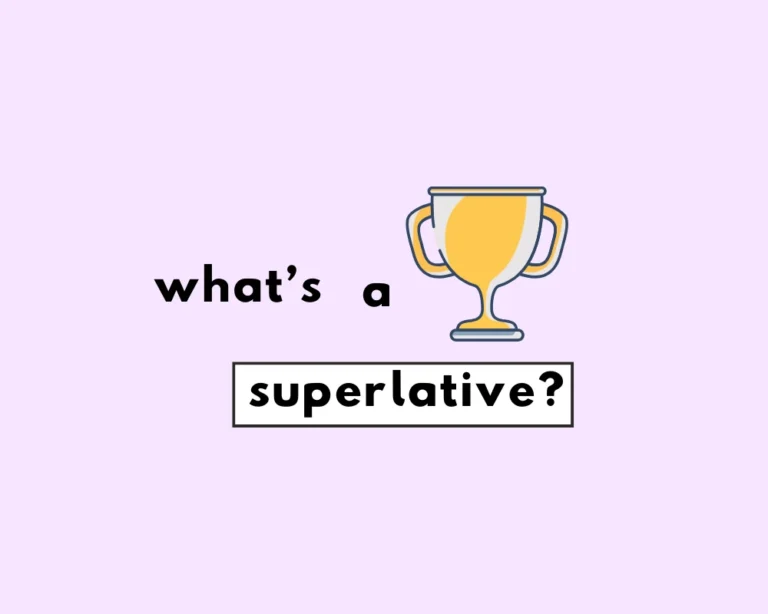
What’s a superlative? Which subject is your weakest? What’s the most difficult part of studying English? What are some of your best childhood memories? Do
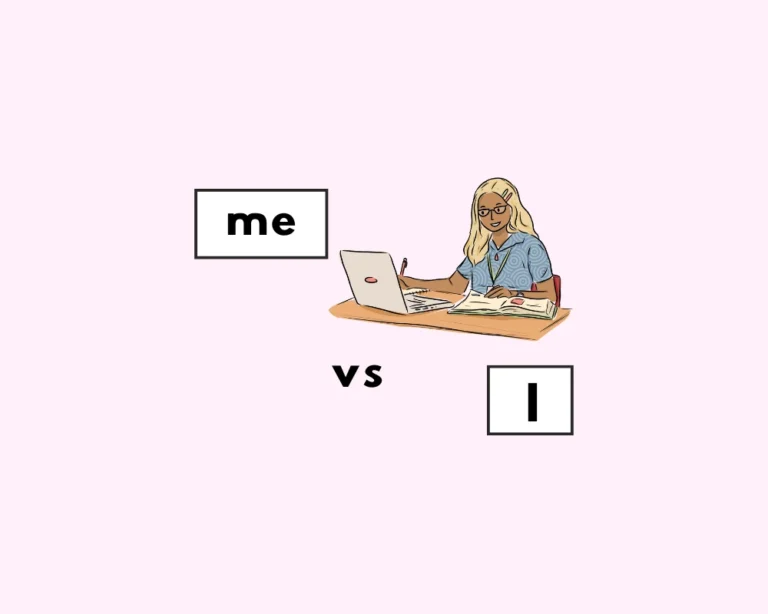
Which is correct: I or me Compare the sentences: My friend shared her class notes with me. I shared my class notes with my friend.
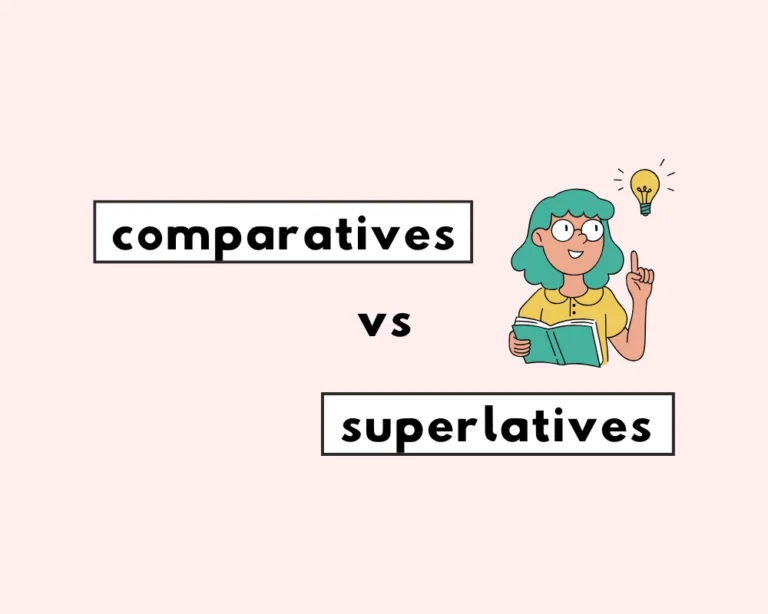
Adjectives tell us how much or to what extent something has a quality or trait. Comparatives compare the amount with something else, whereas superlatives say something has the most or greatest extent of that trait.
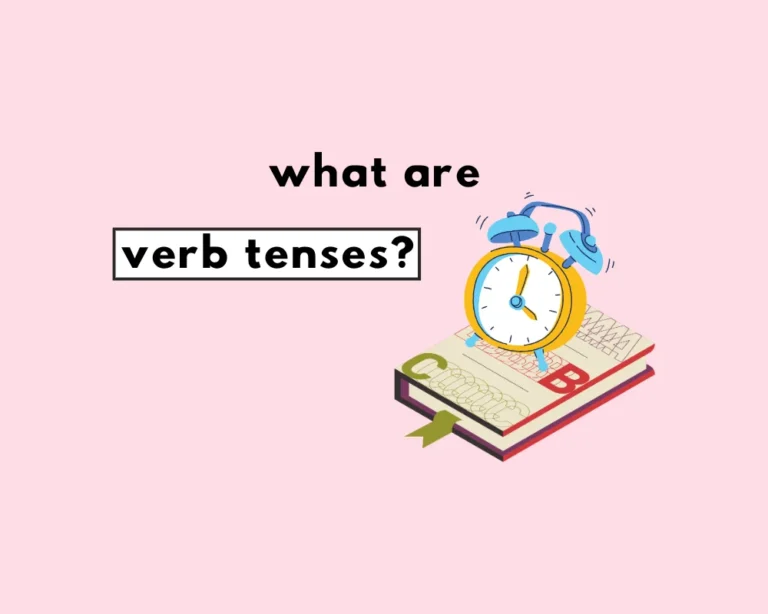
Verb tenses are points in time. The word tense comes from the Latin tempus, “a portion of time”.
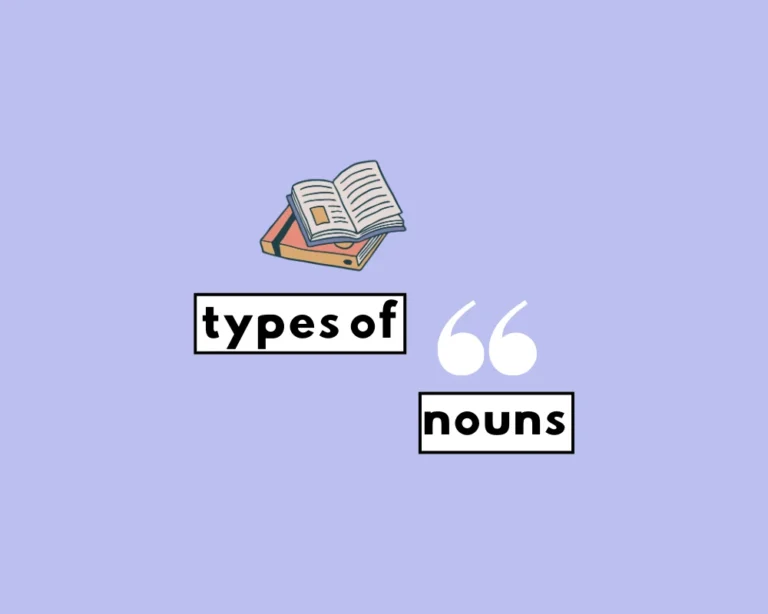
Nouns are words given to people, places or things. There are various types of nouns, and each has a different role.